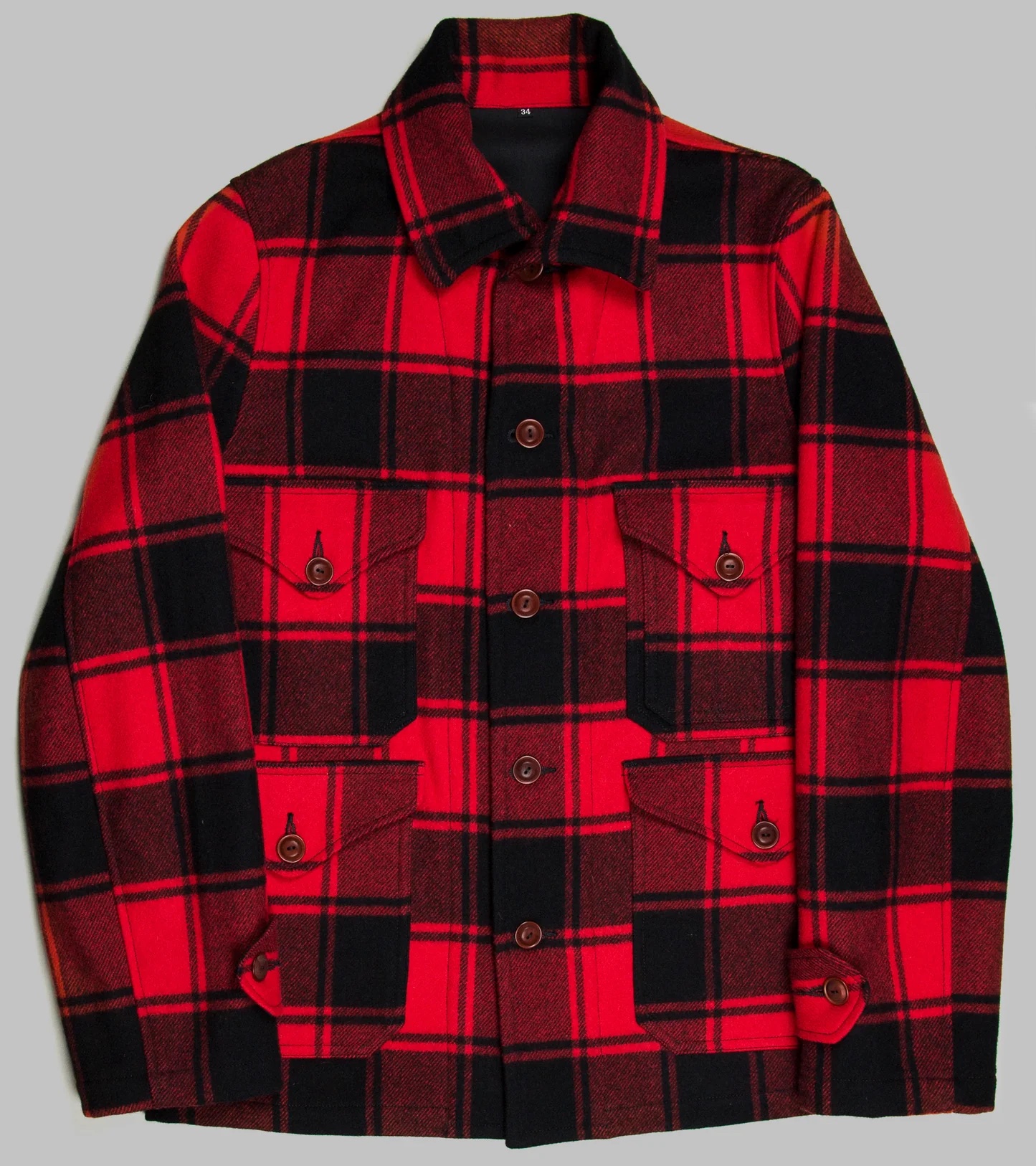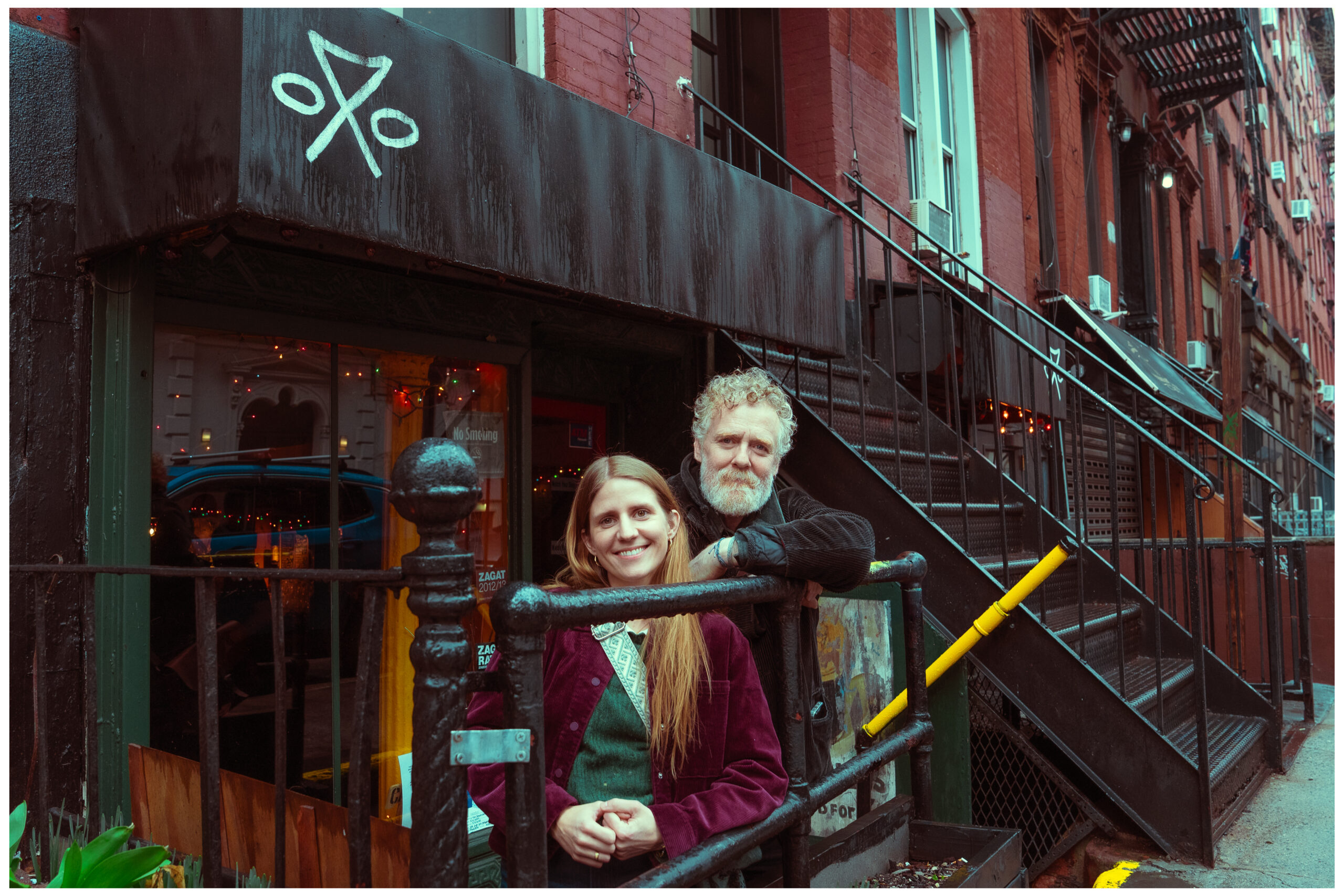Menswear’s Denim Nostalgia Is Deeper Than You Think
On April 6, Devin Booker stepped out at Madison Square Garden ahead of his Phoenix Suns’ game against the New York Knicks. But instead of flashing expensive jewelry, loud monograms, or signature sneakers for his pregame outfit, Booker centered his look on a pair of indigo jeans, worn cuffed to expose a prominent selvedge seam.In pared-back, albeit luxurious, workwear (it was from Prada, after all), Booker was dressed less like an All-Star and more like a humble tradesman. Sure, a simple chore coat and designer denim is no breakthrough, but why is one of the industry’s best-performing Italian luxury labels pushing out vintage American workwear, anyway?Looking at almost 200 years of denim history, the category’s development is embedded in a larger story about rapid societal change and technological development. While raw and selvedge denim have an arguably timeless appeal, fashion’s constant return to denim’s historical manifestations reveals that as change intensifies, so does nostalgia.Really, Really Old DenimVintage denim is always in, but really old denim is having its moment. Brands, from heritage jeans manufacturers like Levi's to contemporary streetwear purveyors like KSUBI, are leaning into the category’s nostalgic appeal by highlighting long-outmoded manufacturing methods. Since 2020, 19th-century jeans, alleged to be the “oldest in the world,” have sold at auction for more than $100,000 USD. There are many reasons for denim’s enduring status as a closet staple, but the category’s historical (and literal) weight emerges as a foundational driver. While appearing in different manifestations from stitch-for-stitch replicas to trompe l'oeil masterpieces, the trends unite around a common goal: to resurrect denim of yesteryear. Levi’s offers a prime example, reviving two archival garments designed for workers in the 1890s: the Lot 201 Jean and the Lot 213 Jacket. Using references manufactured in the 1920s, Levi’s faithfully recreated them in raw Japanese selvedge denim. Released this spring, the collection was offered in a limited 800-piece run and priced at $495 for the jeans and $595 for the jacket. Brands are also taking modern approaches to replication, focusing on achieving the aesthetic impression over form. eYe Junya Watanabe MAN and Tokyo-based vintage shop BerBerJin unveiled a collaboration in April that used advanced printing technology to recreate the patina of rare Levi’s "503BXX” and "607" models from the BerBerJin archive.Denim designers’ affinity for duplication isn’t a new trend; in fact, it was fundamental to the material’s modern development. Designers began artificially aging denim to achieve the patinated look of used jeans in the mid-20th century. Supreme’s 2025 collaboration with Marithé + François Girbaud offers a recent reminder of this pivotal period in denim’s history. The French duo rose to prominence in the 1960s for pioneering modern denim wash techniques, such as stonewashing, by mimicking the worn look of second-hand jeans found in Paris shops.However, the reissue of Levi’s Lot 201 Jean and the Lot 213 Jacket is especially relevant to the utilitarian dimension of traditional denim, which began to be mass-produced in the late 19th century as the Industrial Age transformed the world. Though the riveted twill trousers originally outfitted workers in labor-intensive roles like mining, agriculture, and construction, many of those professions had outsourced to other countries, along with denim production, by the ‘70s. As a new class of urban professionals rose to prominence in the US, denim began to transform from a workwear stalwart into a casual lifestyle staple.Denim and The “Acceleration of History”In 1996, early in the internet age, Levi’s launched Levi’s Vintage Clothing, which produces replicas of the brand’s vintage designs. Just one year before the launch, anthropologist Marc Auge theorized about “the acceleration of history" and “supermodernity.” This collective experience, bolstered by technological advancement, was said to be characterized by an “overabundance of events” and the feeling of a “perpetual present.”The descriptions are eerily prescient of today, and the fashion industry seems to mirror this. Not only is everybody inundated with 24-hour news and social media updates, but “fast fashion” has become a commonplace term, both within and outside the industry, to describe the ever-accelerating churn of mass-produced clothing and trends. In his 2021 book The Hours Have Lost Their Clock: The Politics of Nostalgia, cultural theorist Grafton Tanner references Auge’s idea to show how “the acceleration of history” has continuously boosted a nostalgic culture, seeking stability and continuity in the face of disorientation and uncertainty.“Nostalgia can help us regain a sense of control by reminiscing on the things that once kept us grounded, even if those things never really existed in the first place,” he said in one chapter. It echoes arguments that when the future look
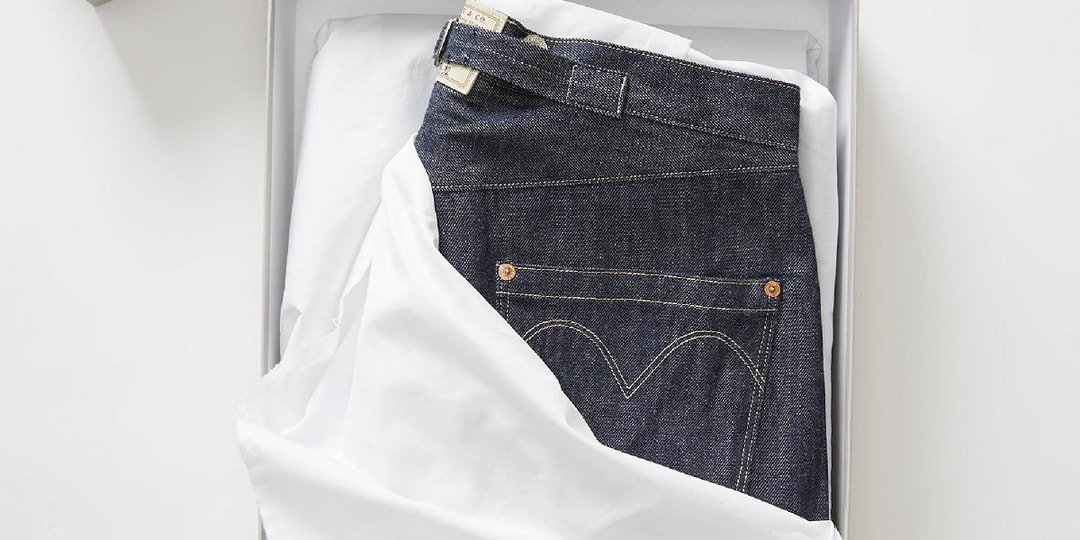

On April 6, Devin Booker stepped out at Madison Square Garden ahead of his Phoenix Suns’ game against the New York Knicks. But instead of flashing expensive jewelry, loud monograms, or signature sneakers for his pregame outfit, Booker centered his look on a pair of indigo jeans, worn cuffed to expose a prominent selvedge seam.
In pared-back, albeit luxurious, workwear (it was from Prada, after all), Booker was dressed less like an All-Star and more like a humble tradesman. Sure, a simple chore coat and designer denim is no breakthrough, but why is one of the industry’s best-performing Italian luxury labels pushing out vintage American workwear, anyway?
Looking at almost 200 years of denim history, the category’s development is embedded in a larger story about rapid societal change and technological development. While raw and selvedge denim have an arguably timeless appeal, fashion’s constant return to denim’s historical manifestations reveals that as change intensifies, so does nostalgia.

Really, Really Old Denim
Vintage denim is always in, but really old denim is having its moment. Brands, from heritage jeans manufacturers like Levi's to contemporary streetwear purveyors like KSUBI, are leaning into the category’s nostalgic appeal by highlighting long-outmoded manufacturing methods. Since 2020, 19th-century jeans, alleged to be the “oldest in the world,” have sold at auction for more than $100,000 USD. There are many reasons for denim’s enduring status as a closet staple, but the category’s historical (and literal) weight emerges as a foundational driver.

While appearing in different manifestations from stitch-for-stitch replicas to trompe l'oeil masterpieces, the trends unite around a common goal: to resurrect denim of yesteryear. Levi’s offers a prime example, reviving two archival garments designed for workers in the 1890s: the Lot 201 Jean and the Lot 213 Jacket. Using references manufactured in the 1920s, Levi’s faithfully recreated them in raw Japanese selvedge denim. Released this spring, the collection was offered in a limited 800-piece run and priced at $495 for the jeans and $595 for the jacket.
Brands are also taking modern approaches to replication, focusing on achieving the aesthetic impression over form. eYe Junya Watanabe MAN and Tokyo-based vintage shop BerBerJin unveiled a collaboration in April that used advanced printing technology to recreate the patina of rare Levi’s "503BXX” and "607" models from the BerBerJin archive.
Denim designers’ affinity for duplication isn’t a new trend; in fact, it was fundamental to the material’s modern development. Designers began artificially aging denim to achieve the patinated look of used jeans in the mid-20th century. Supreme’s 2025 collaboration with Marithé + François Girbaud offers a recent reminder of this pivotal period in denim’s history. The French duo rose to prominence in the 1960s for pioneering modern denim wash techniques, such as stonewashing, by mimicking the worn look of second-hand jeans found in Paris shops.

However, the reissue of Levi’s Lot 201 Jean and the Lot 213 Jacket is especially relevant to the utilitarian dimension of traditional denim, which began to be mass-produced in the late 19th century as the Industrial Age transformed the world. Though the riveted twill trousers originally outfitted workers in labor-intensive roles like mining, agriculture, and construction, many of those professions had outsourced to other countries, along with denim production, by the ‘70s. As a new class of urban professionals rose to prominence in the US, denim began to transform from a workwear stalwart into a casual lifestyle staple.
Denim and The “Acceleration of History”
In 1996, early in the internet age, Levi’s launched Levi’s Vintage Clothing, which produces replicas of the brand’s vintage designs. Just one year before the launch, anthropologist Marc Auge theorized about “the acceleration of history" and “supermodernity.” This collective experience, bolstered by technological advancement, was said to be characterized by an “overabundance of events” and the feeling of a “perpetual present.”

The descriptions are eerily prescient of today, and the fashion industry seems to mirror this. Not only is everybody inundated with 24-hour news and social media updates, but “fast fashion” has become a commonplace term, both within and outside the industry, to describe the ever-accelerating churn of mass-produced clothing and trends. In his 2021 book The Hours Have Lost Their Clock: The Politics of Nostalgia, cultural theorist Grafton Tanner references Auge’s idea to show how “the acceleration of history” has continuously boosted a nostalgic culture, seeking stability and continuity in the face of disorientation and uncertainty.
“Nostalgia can help us regain a sense of control by reminiscing on the things that once kept us grounded, even if those things never really existed in the first place,” he said in one chapter. It echoes arguments that when the future looks uncertain, we look to the past. Through this lens, perhaps denim represents a collective desire for things in their most authentic and reliable form — a response to a world saturated with proliferating dupes, AI deepfakes, opaque algorithms, and public distrust.
Denim Deja Vu in The 2020s
Levi’s antiquarian tendencies accelerated during the 2020 pandemic, another period of widespread uncertainty and rapid digitalization. Following the revival of 501 models from 1963 and 1947 in 2022, the brand unveiled a stitch-for-stitch replica of the oldest pair in its archives from the 1870s in 2024. The recent boom in generative AI has perhaps added even more fuel to the fire, as products like OpenAI’s image generator have amplified discourse around creative integrity.

But the appetite for trustworthy, well-crafted denim is not just a symbolic dream without tangible grounds. It also speaks to a very real demand for better products. To accommodate lower prices, fast fashion companies have continuously driven quality down, prompting criticism from increasingly conscious consumers, mostly aimed at companies like Shein and Fashion Nova.
In this microtrend-driven epoch, it’s perhaps natural that people would romanticize production methods that once ensured better longevity and quality, like “raw” and “selvedge.” Embracing the progressive wear of raw indigo and the durability of traditional selvedge fabric speaks to a desire for something more reliable and rooted in function. While there are many aspects of denim quality, from weight to cotton staple length, “raw” and “selvedge” have become popular signifiers of craftsmanship and authenticity. It's no coincidence that these are the same values that have become central to debates surrounding generative AI and fast fashion.
Over almost two centuries, denim has become so ubiquitous that its meaning varies depending on who you ask, but its mutability is also the root of its consistency amid shifting tastes and times. Moving through different cultures, climates, and shapes over many decades, denim now seems to be reflecting on its essential purpose — its steadfast resilience in the face of repeated distress.





![‘Predator: Badlands’ – Dan Trachtenberg Previews His “Big, Crazy Swing” [Interview]](https://bloody-disgusting.com/wp-content/uploads/2025/04/image-26.jpg)























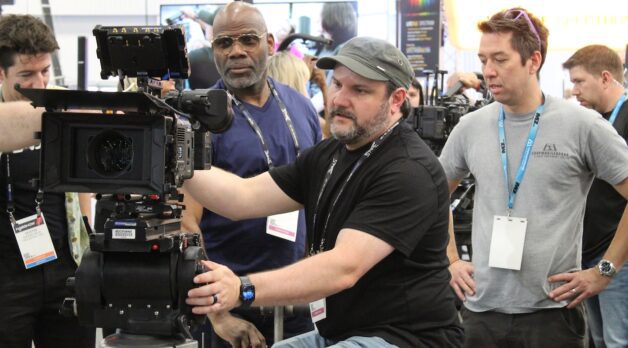

















































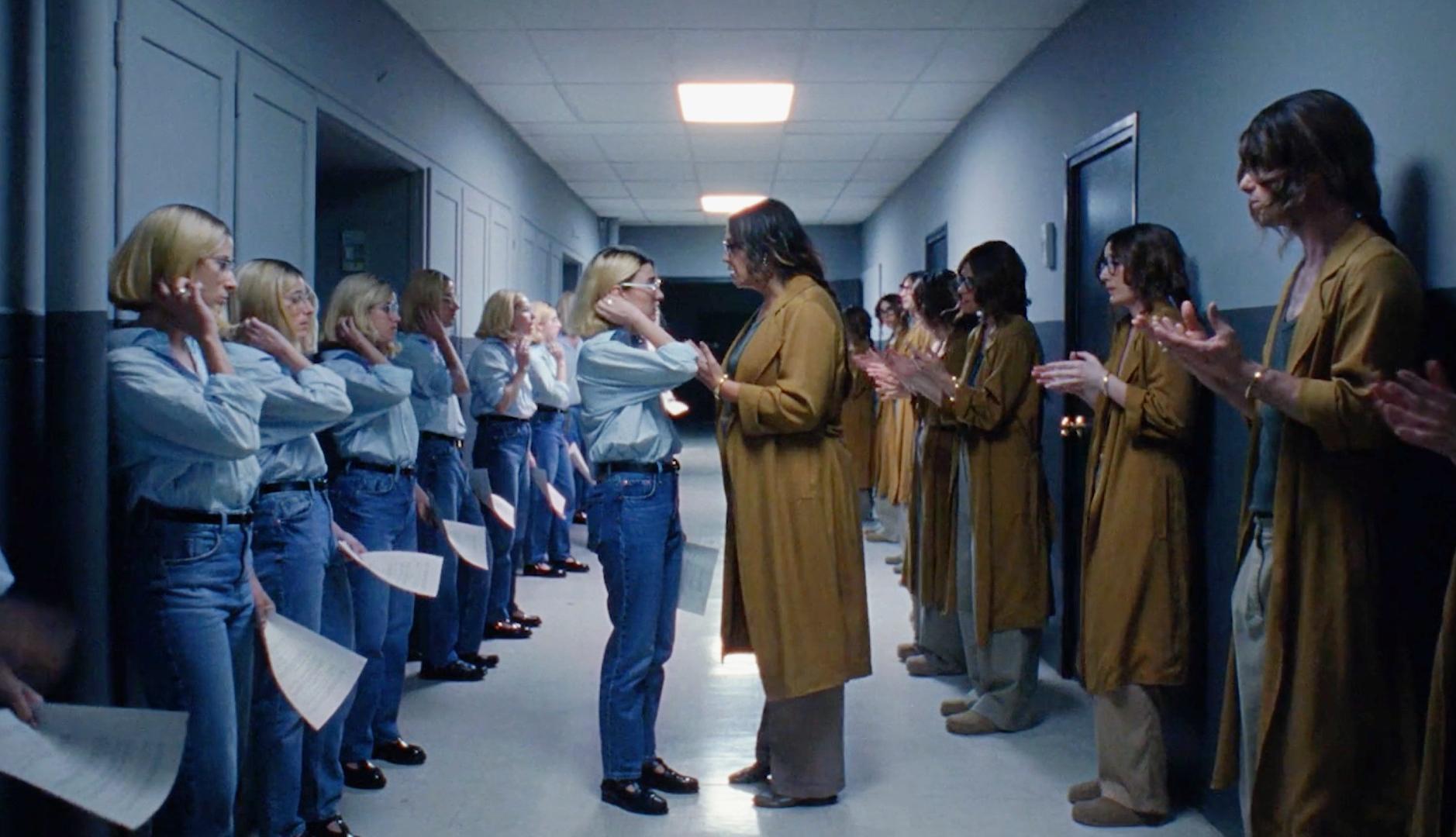



















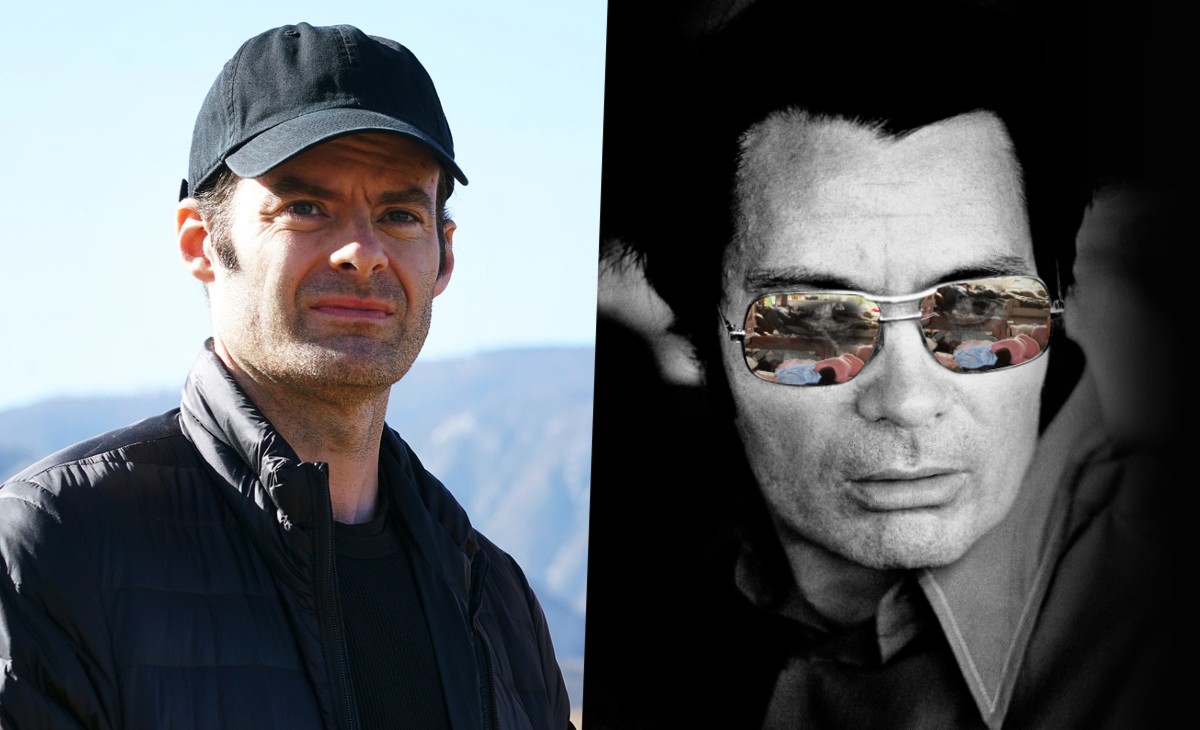

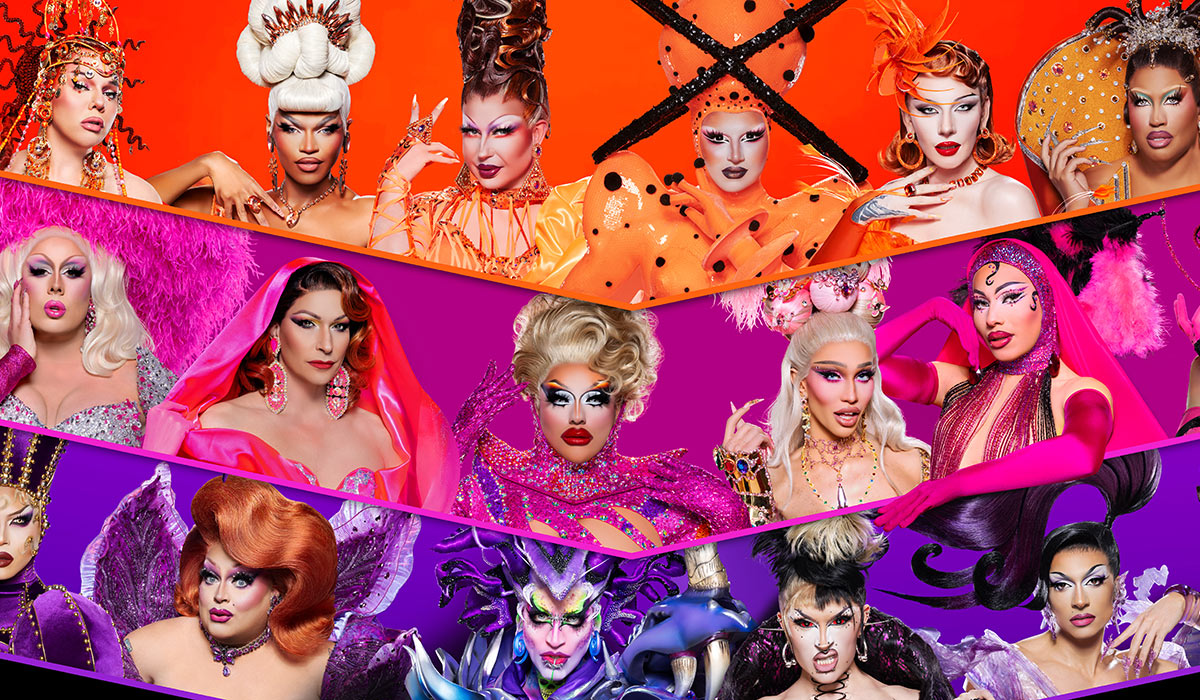













































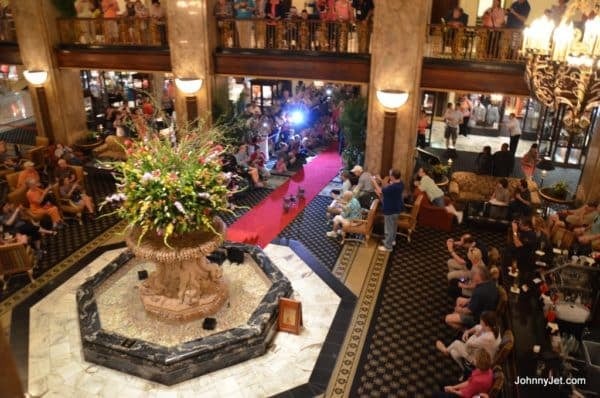

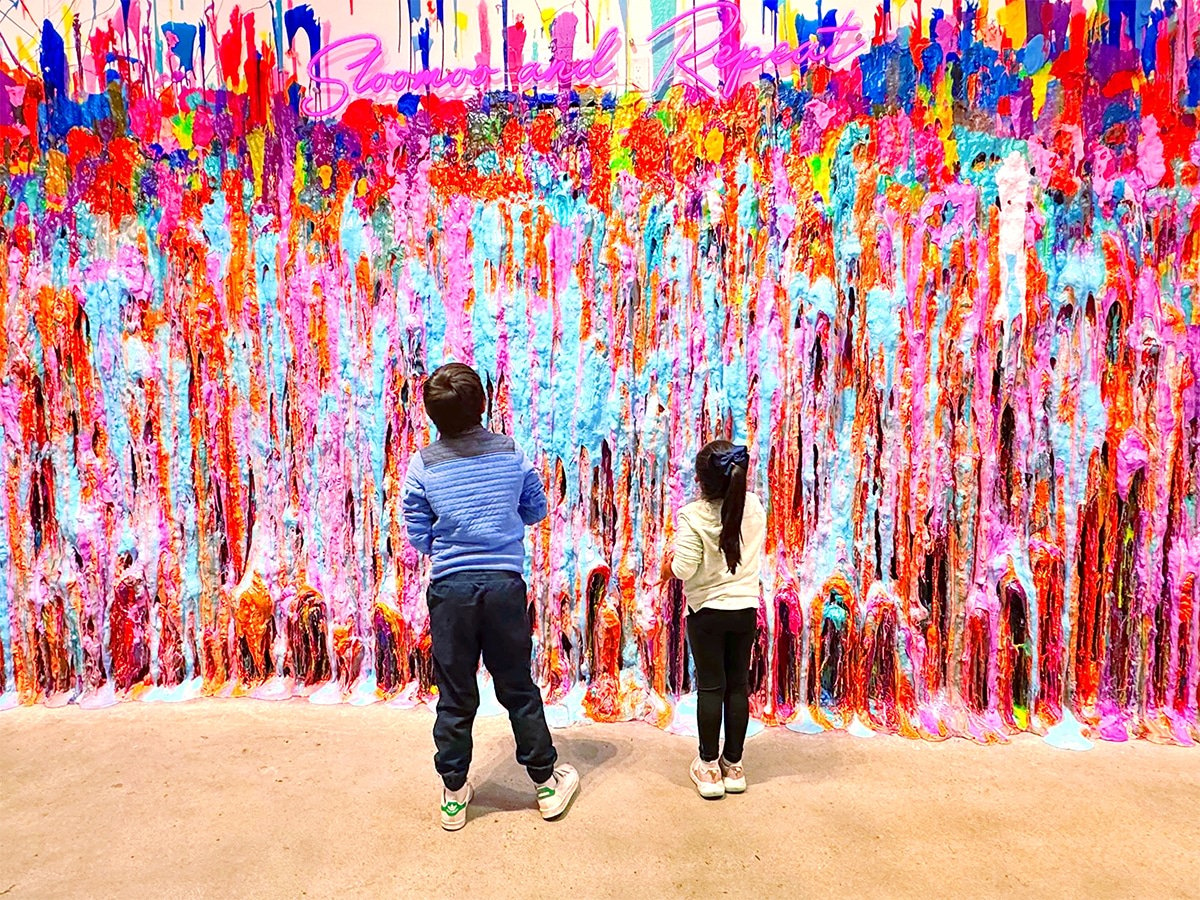














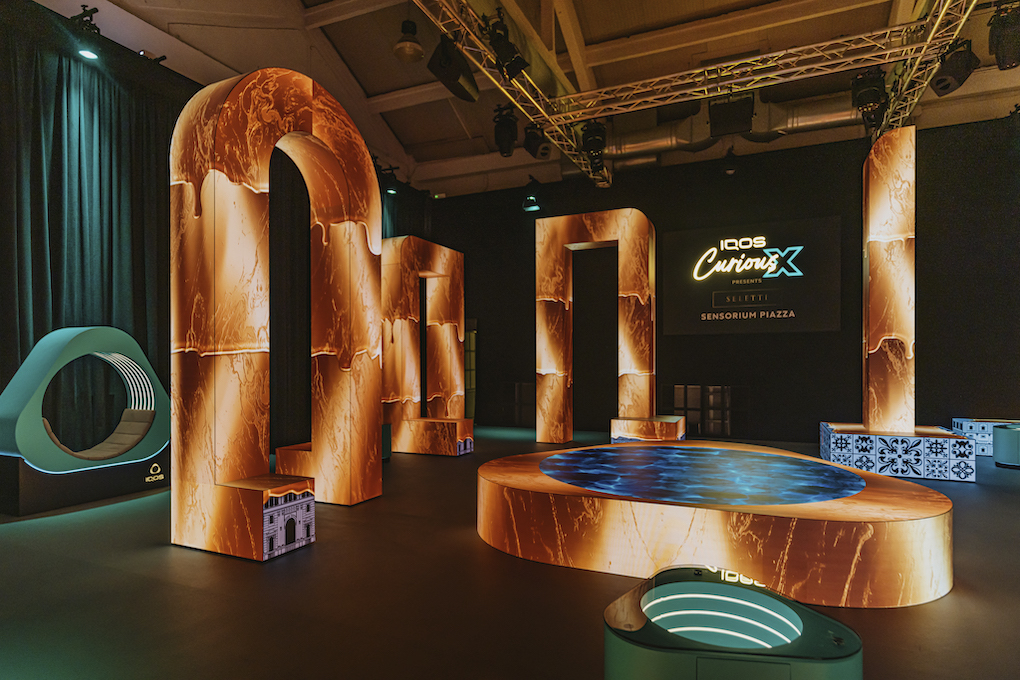
































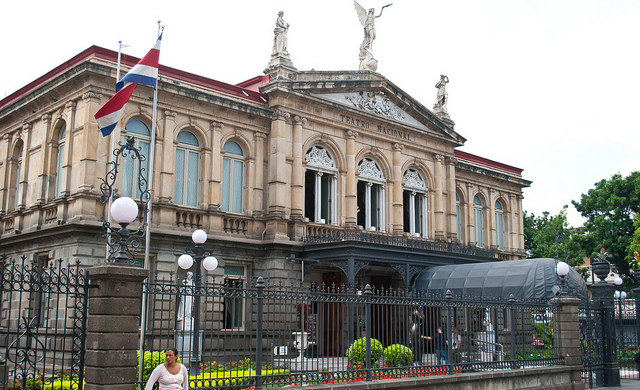
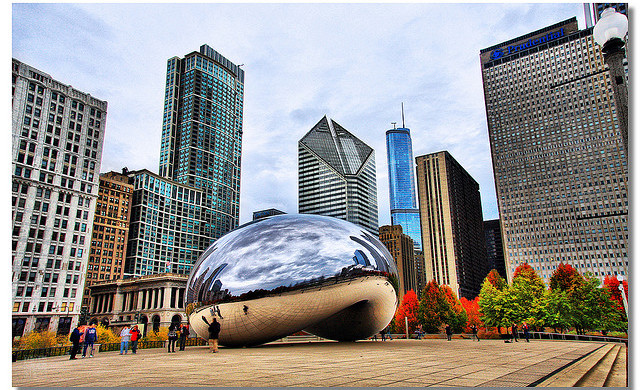



















![Last Chance Before Southwest Ends Open Seating: 90s Legend Kato Kaelin’s Barf Bag Hack Scores Empty Middle Seat [Roundup]](https://viewfromthewing.com/wp-content/uploads/2025/04/kato-kaelin-southwest.jpg?#)























-Classic-Nintendo-GameCube-games-are-coming-to-Nintendo-Switch-2!-00-00-13.png?width=1920&height=1920&fit=bounds&quality=70&format=jpg&auto=webp#)








.jpg?#)


































































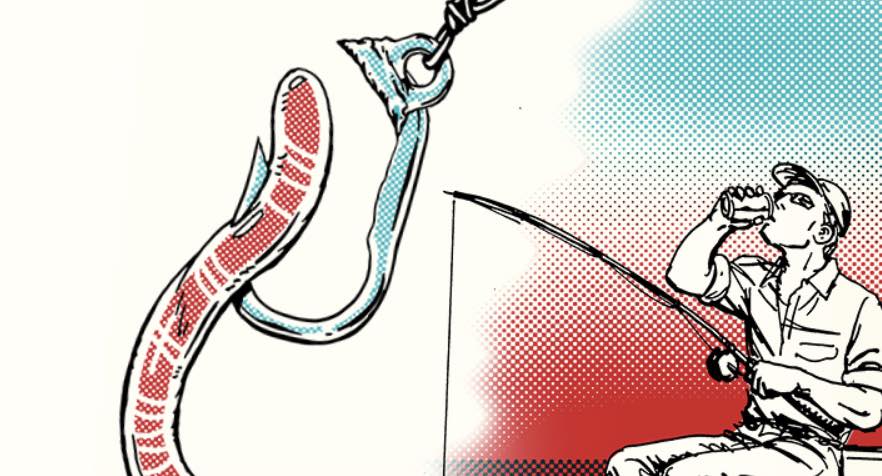











































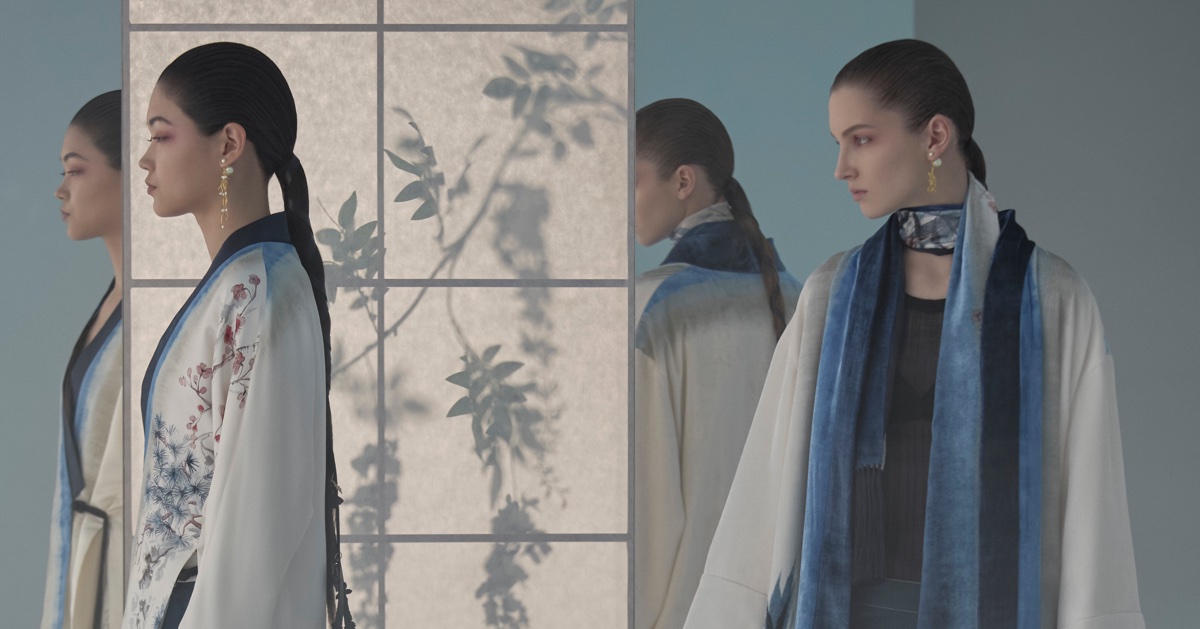





















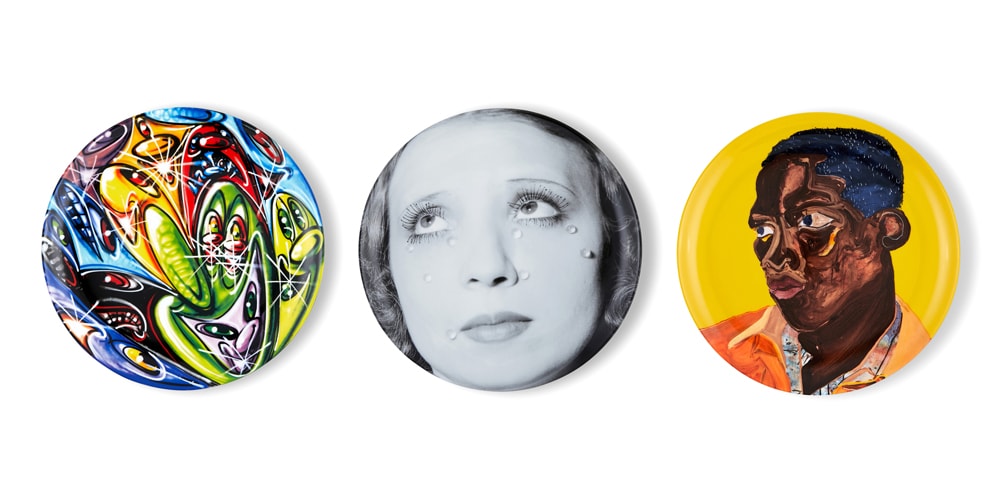
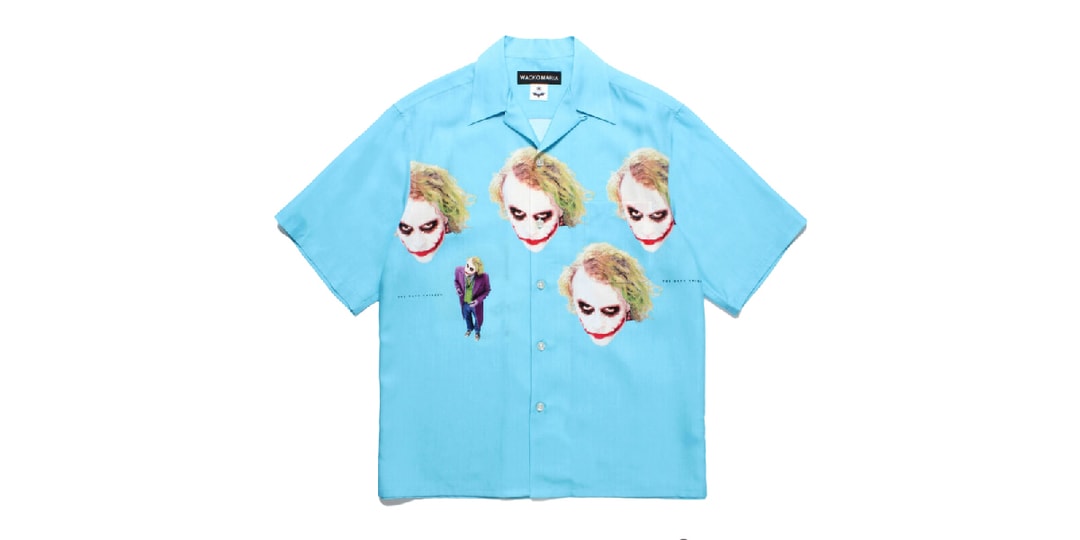

![[Podcast] Unlocking Innovation: How Play & Creativity Drive Success with Melissa Dinwiddie](https://justcreative.com/wp-content/uploads/2025/04/melissa-dinwiddie-youtube.png)












